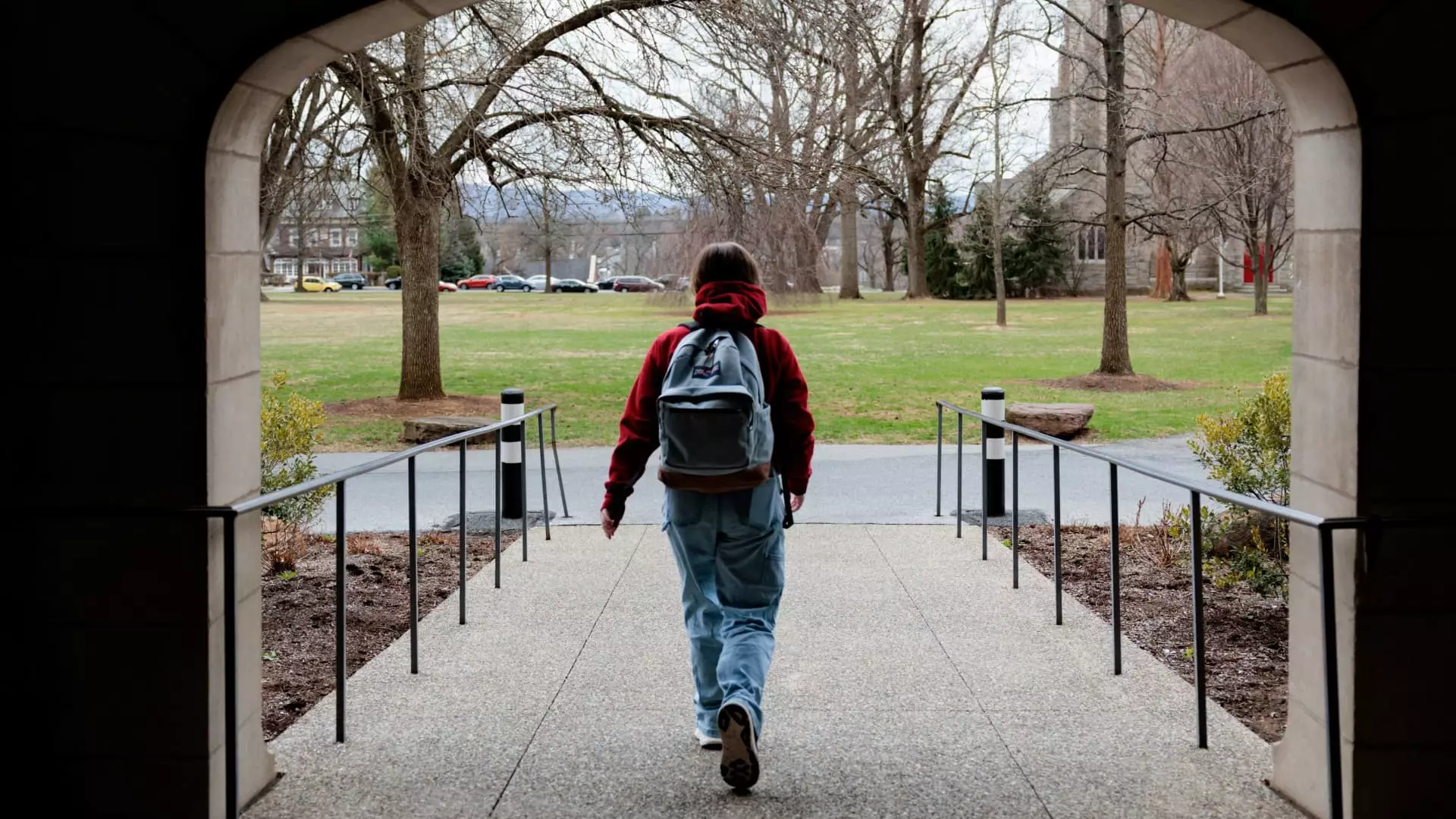For millions of federal student loan borrowers, a moment of precarious uncertainty is rapidly approaching. The temporary relief that seemed to shield them from insurmountable debt growth—announced amidst political promises of support—is set to conclude on August 1. The Trump administration’s abrupt decision to terminate the SAVEs’ interest-free period reveals the fragile and often untrustworthy nature of policy measures that are more political stunts than sustainable solutions. Borrowers who have relied on this temporary pause now face the harsh reality: interest will again accrue on their loans, potentially pushing them deeper into debt, unless they act rapidly. This is not just a bureaucratic hiccup but a stark sign of how political agendas often undermine fundamental economic security.
Political Manipulation Undermining Real Relief
The controversy surrounding the SAVE plan exposes how partisan conflicts obstruct meaningful progress in addressing student debt crises. While President Biden championed the plan as the “most affordable student loan plan ever,” the Trump administration dismissed it as illegal, claiming the Education Department lacked the authority to implement interest-free forbearance. Such accusations serve more to politicize an urgent economic issue than to offer genuine solutions. The reality is that millions of borrowers—already burdened by the rising costs of education—are caught in a political tug-of-war, with their financial stability sacrificed to partisan battles. When the government plays games with people’s futures, it chips away at trust and derails efforts to seriously confront the debt crisis.
A Limited Toolkit in a Crisis
As relief measures wind down, borrowers find themselves stuck with a limited set of options. The only available income-driven repayment plan—designed to make payments manageable—is insufficient for many, especially given the escalating costs and stagnant wages in many sectors. The proposed RAP plan, touted as a new initiative by the Trump administration, remains perpetually on the horizon, delaying any real relief. This scarcity of viable options underscores a troubling disconnect: policymakers’ reluctance or inability to implement comprehensive, long-term solutions that genuinely help borrowers escape the cycle of debt. Instead, they resort to short-term band-aids that do little to stem the larger tide of indebtedness.
A Call for Genuine Structural Reform
What the current crisis reveals is a profound failure of political will to treat student debt as a systemic issue rather than a disposable political pawn. Relying on temporary measures and superficial fixes neglects the root causes—skyrocketing tuition, lack of transparent repayment pathways, and a broader failure to democratize higher education funding. To truly empower borrowers and prevent them from teetering on the edge of financial ruin, policymakers must go beyond quick fixes. We need innovative reforms that balance affordability with accountability, ensuring that higher education institutions are held responsible for controlling costs, and that debt is not a lifelong trap but a stepping stone to economic mobility.
The Moral and Economic Imperative
Allowing millions of borrowers to fall back into interest accrual without real alternatives is both morally questionable and economically shortsighted. Student debt isn’t just a personal burden; it undermines broader economic growth, delays homeownership, hampers business startups, and exacerbates inequality. The government’s role should be to facilitate economic participation, not perpetuate a cycle of debt servitude. This crisis demands a shift from superficial policies to comprehensive, equitable reforms rooted in shared responsibility and social justice. Without decisive action, the American dream of upward mobility becomes increasingly unattainable for the most vulnerable.
The Road Forward: A Broader Vision for Higher Education Finance
The upcoming expiration of the SAVE forbearance is a wake-up call for all stakeholders: policymakers, educators, and taxpayers alike. It exposes a system fundamentally broken—one that needs reform, not just temporary relief. Sustainable solutions must be crafted with urgency, transparency, and compassion, recognizing that higher education should be an opportunity for social mobility, not a lifelong trap. This moment challenges us to rethink the very fabric of how we finance education and to pursue policies that prioritize fairness, affordability, and long-term economic security for all Americans.

